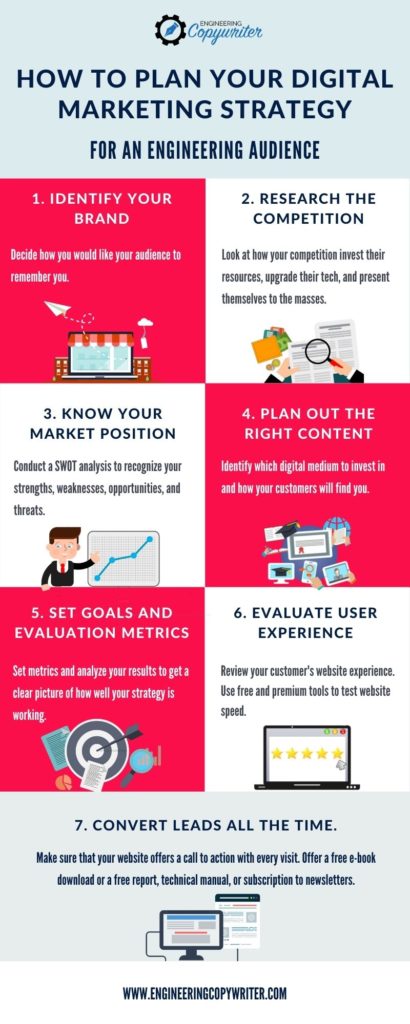Social sharing involves sharing website content on social media networks. Customers learn about your products or services through more than just your website; social media feeds can work wonders for your marketing team. Your engineering firm will enjoy numerous benefits from sharing content on social media. You may find that social media outlet:
- – Provide excellent resources, news, and ideas to establish your brand as an engineering authority.
- – Increase your social visibility within a community to help prospective customers notice you.
- – Help you share content that gets attention and encourages people to engage with you.
- – Help to build reputation, trust, and loyalty for your brand
- – Make it easy to find new followers, customers, and partners.
Read on to learn how to boost social sharing for your engineering blog.





 When it comes to sharing your
When it comes to sharing your  Add social media buttons to your blog posts to make it easier for readers to share your writing. You want buttons that are large and prominent enough for visitors to find them without searching.
Add social media buttons to your blog posts to make it easier for readers to share your writing. You want buttons that are large and prominent enough for visitors to find them without searching.
